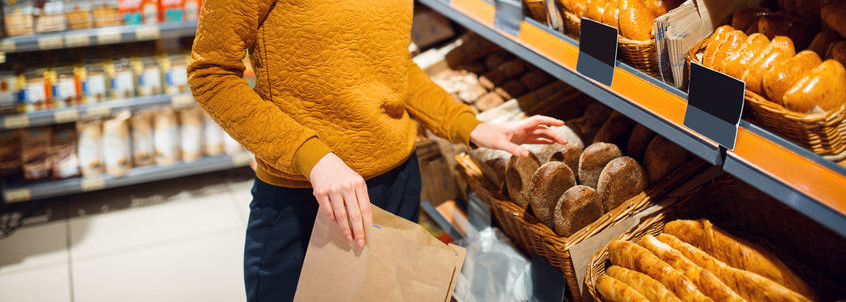
The annual IFT (Institute of Food Technologists) trade show moving completely online is just one sign of a shift happening in the food and baking industry. The virtual conference focused on other shifts the industry is seeing—formulations, packaging, technology, food safety, consumer tastes and everything in between—and how to adapt and lead in a new space.
A few themes stood out, such as sustainability, traceability and alternative ingredients. However, what are some of the drivers behind these trends? Eve Turow-Paul, Millennial food culture expert and author ofHungry: Avocado Toast, Instagram Influencers, and Our Search for Connection and Meaning,,,,spoke on understanding Millennial and Gen Z tastes and motivations when it comes to food.
The two generations that currently make up the population aged 8 to 39 have become an interest to the food industry. What products and marketing is best to reach this generational shift? Turow-Paul’s research suggests there is a correlation between emotional states and food trends.
数字时代的影响
Turow-Paul anddatassential’s Hungry Study is a survey of 1,100 Americans across demographics to see the impact of the Digital Age on human behavior. One result (which may not come as a surprise) was a strong “foodie culture,” with 84% of Gen Z and 86% of Millennials being passionate about food.
However, the impact of technology also surfaced. It seems the Digital Age creates issues such as stress, anxiety, depression, loneliness, and narcissism. And to counter these issues, people are looking for control, community and purpose.
这与食品趋势有何关系?
正如Turow-Paul所说的那样,人们渴望“从混乱中产生秩序”。我们都可以控制食物和饮食选择。例如,关于食物来自何处的知识(即区块链和跟踪标签)可以带来一些和平。限制,例如non-GMO,,,,gluten-free,,,,paleo or vegan can also give you a feeling of control, and take away some of the stress of too many options.
人们还看到一个人在生活方式选择方面可能产生的影响。这种有目的的选择使社区受益的愿望正在推动可持续性和当地趋势。
满足食品生产者的需求
With your product, brand and company, you can speak to these customer needs. Be transparent with your ingredients and process. Help create community by creating a shared experience or bringing in local ingredients and artisans. Find ways to be sustainable and give back. Make a shift in the culture of food.

Leave A Comment